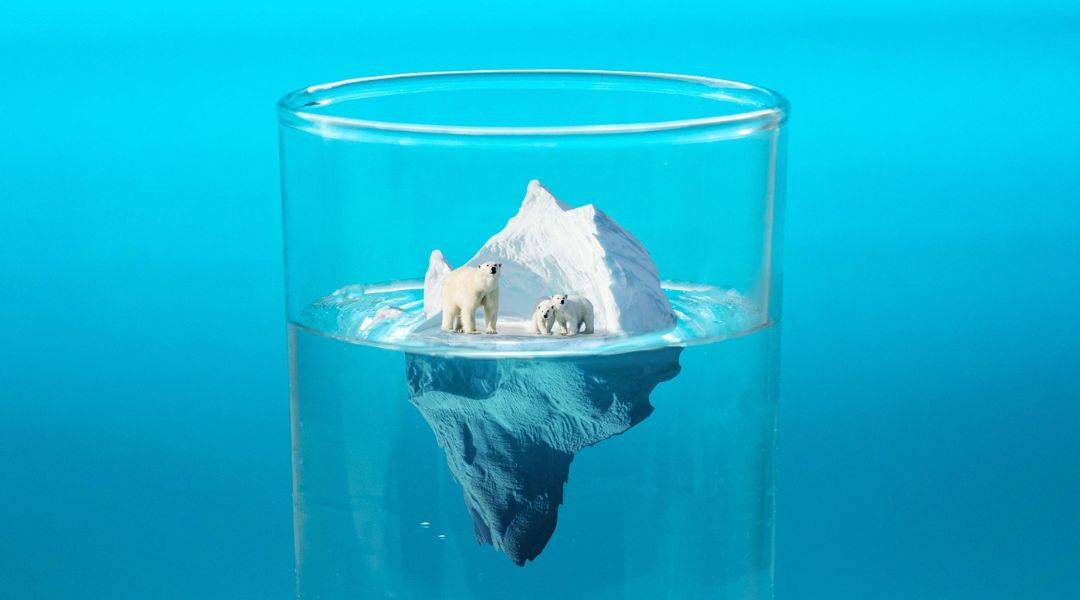
As India battles rising water scarcity worsened by climate change and extreme weather, researchers and innovators are pushing beyond conventional methods to secure sustainable water sources.
On World Water Day, attention turns to ideas like rain energy harvesting, atmospheric water generation (AWG), and glacier monitoring.
Dr. Visakh Vaikuntanathan of Shiv Nadar University is working on converting the kinetic energy of rain—typically lost as sound—into usable energy through “all-weather” cells that act as both solar and rain-powered generators. His team uses IMD data to estimate rainfall energy and aims to create a rain energy map for India.
Meanwhile, atmospheric water is emerging as a dependable source. A study in Nature outlined a sorption-based atmospheric harvesting system that could revolutionize agriculture.
Navkaran Singh Bagga, CEO of Akvo Atmospheric Water Systems, highlights the company’s use of AWG technology in 15 countries. Akvo’s newly launched Water-on-Want (WoW) initiative in four Indian states (TN, KA, MH, GJ) offers water generation on an OPEX-based BOOT model, eliminating upfront CAPEX and ensuring a minimum of 500 LPD for corporates.
“The WoW model removes financial risk and promotes sustainable access to water,” said Mr. Bagga.
Technologies are also crucial for glacier monitoring, with experts like Dr. Dipankar Saha warning of the cascading effects of glacial melt on India’s rivers and groundwater. Companies like Suhora are applying satellite data and predictive analytics to monitor glacial changes and prepare communities.
India’s looming water crisis—projected to worsen by 2030 with demand outpacing supply—calls for urgent adoption of such innovative solutions.
To read the full article visit: DT Next
